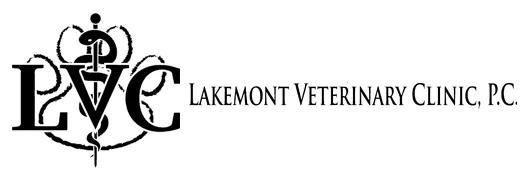Fireworks & Thunderstorms
Summer time brings holiday celebrations with noise and light. It also brings about good storms that leave that particular smell in the air. As people, we love these things, but our pets may feel differently.
During this time of year, we get a lot of phone calls for help! Each pet is different so treatment can vary. Of course, your veterinary behavior team is here to help, but here’s a list of things you can do to get started.
- Set up a Safe Haven. A crate works well if your dog is used to a crate, otherwise a basement or bathroom can work. Set up a white noise machine to break up the noise. You can even play classical music. You should feed your pet really yummy treats when in the safe haven and practice using this spot randomly during calm periods so your dog is used to this.
- Use Dog Appeasing Pheromone (DAP). Pheromones are special chemicals that animals use to communicate. DAP is sensed through a special organ in your dogs mouth and it induces a calming sensation to the brain. We recommend Adaptil or Thunder-ease spray. In the evening (or when thunderstorms are pending in the radar) spray 4-6 puffs onto a bandanna and place it on your dog. It will last about 4 hours. ***You will find “calming collars and sprays at the pet store- some of these do not contain the right ingredients and will not be effective.
- Put on a Thunder Shirt. This shirt gives your pet a tight hug. People and animals are sensitive to this type of gentle compression. The science behind this has long been studied and can be an effective treatment strategy for anxiety induced from noise. It is important that you introduce this shirt to your dog several times before you need to use it in a stressful situation. Feed them some yummy treats when you put it on.
- Consider medications. There are several different types of medications we prescribe for fireworks and thunderstorms depending on the severity of your pets reactions. A veterinarian can help with the right choice.
- Supplements? There are many different supplements available online, in pet stores, etc. The trouble with these items is they have not been evaluated for effectiveness or safety, nor are they quality controlled. We do use some specific supplements for behavior concerns, but these are best given daily for maximum results aren’t effective for as needed administration.
- Play the “Party Boom” game. This works better for dogs who are still willing to interact and eat treats during the noise event. Everytime there is thunder or a crackle, exlaim “Party Boom” and reward your pet with a delicious treat. Alternatively, if your pet loves to play ball, or to be brushed- reward them with these things as well.
- Provide comfort and reassurance. Don’t ignore your pet. Hold them, love them, tuck them into bed with you- whatever they prefer! There is a lot of misinformation out there that says you should ignore your pet when they are acting fearful- it’s simply not true. So go ahead and tell them it’s alright!
- Work with a vet behaviorist or trainer. During the winter months when thunderstorms and fireworks are rare, these professionals can help with a behavior modification plan to help your fearful pet become used to these noises. A good behaviorist or trainer will use only positive reinforcement techniques. They will never flood your dog with excessive noises or punish him or her in any way.
Have a safe and happy 4th of July!
Dr. Whitfield
